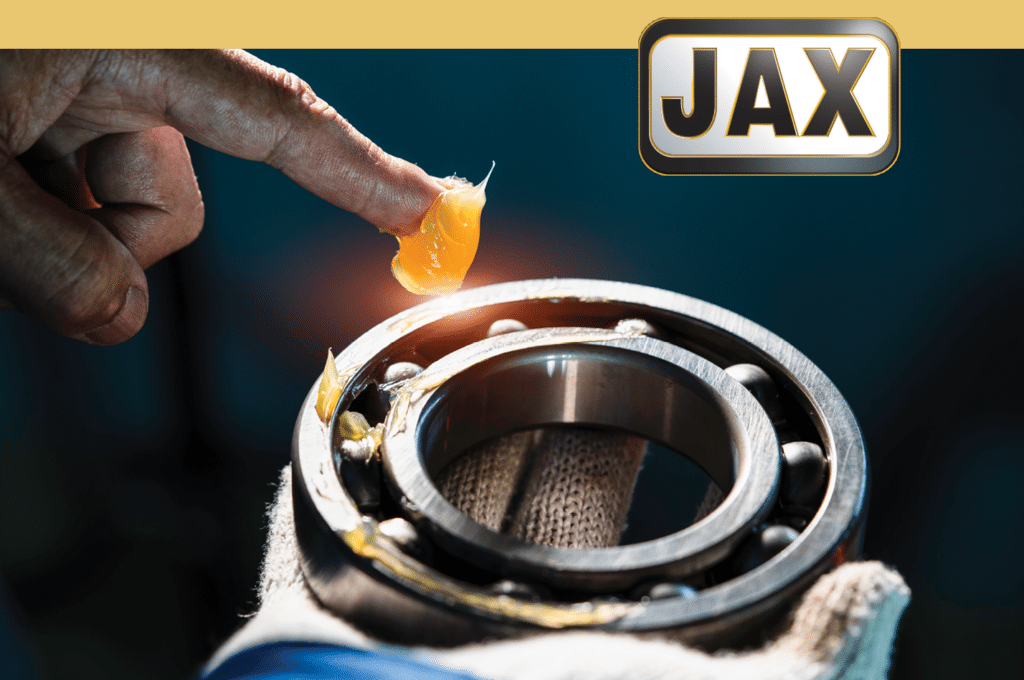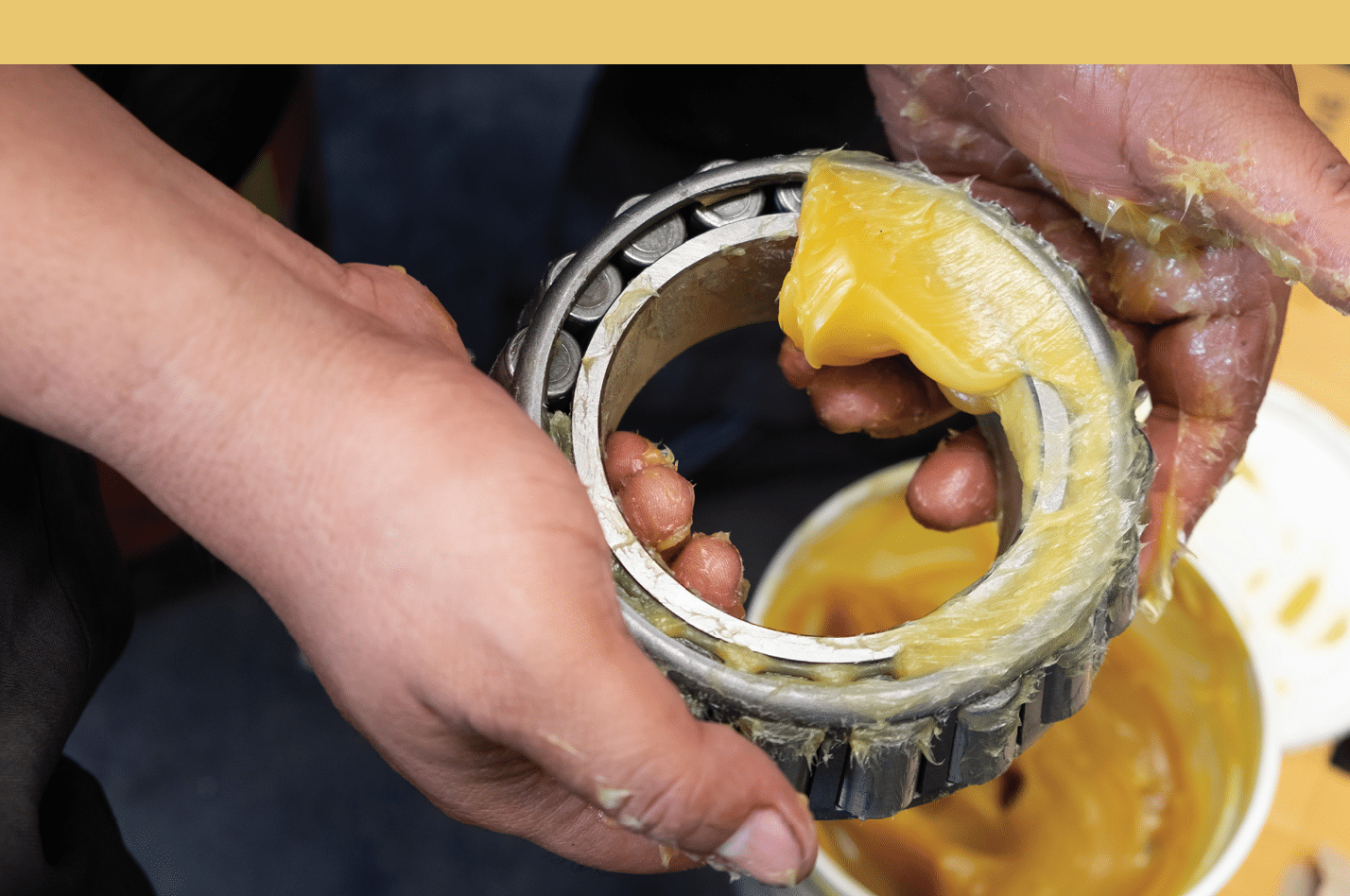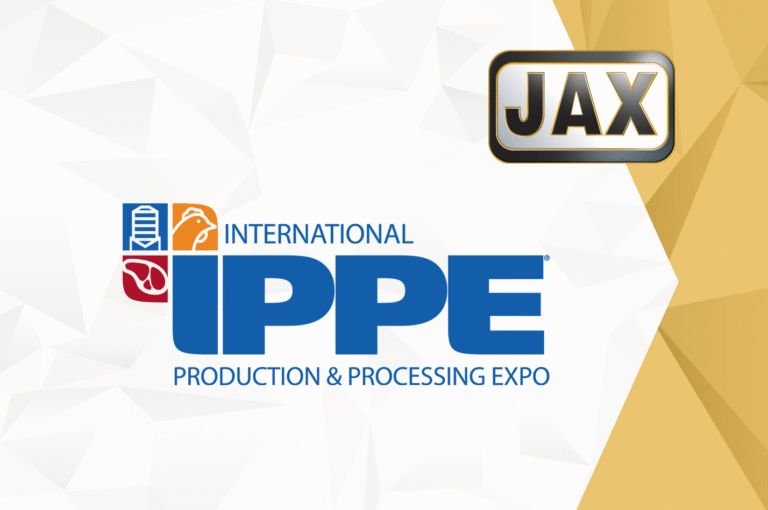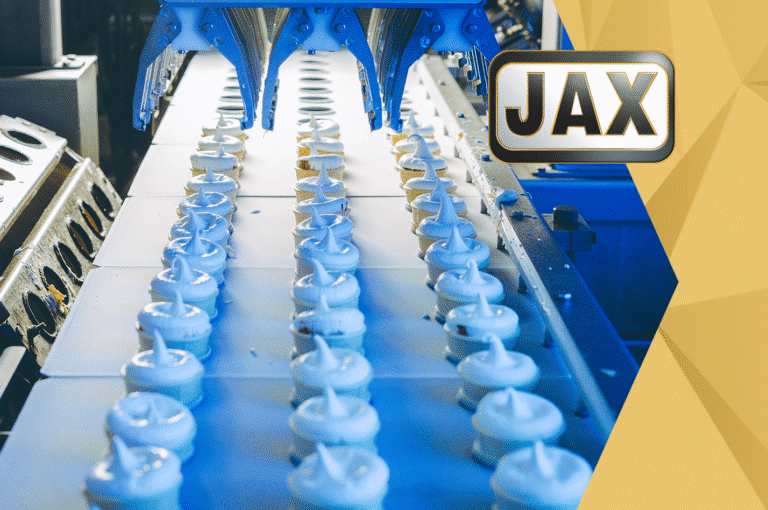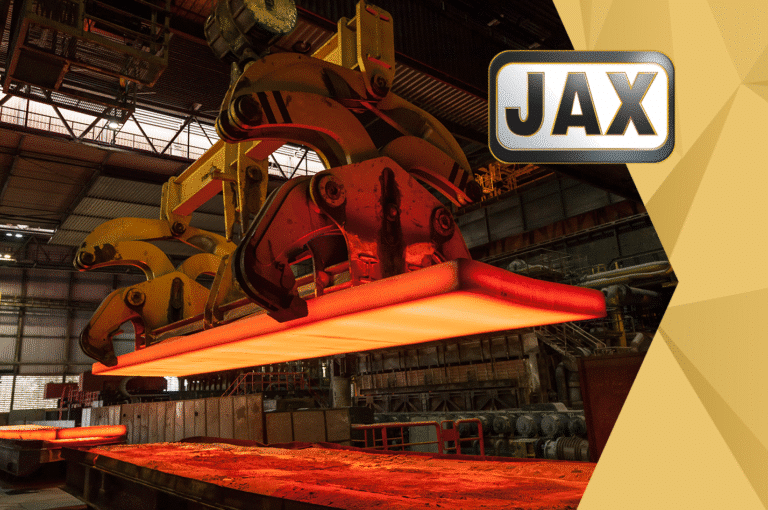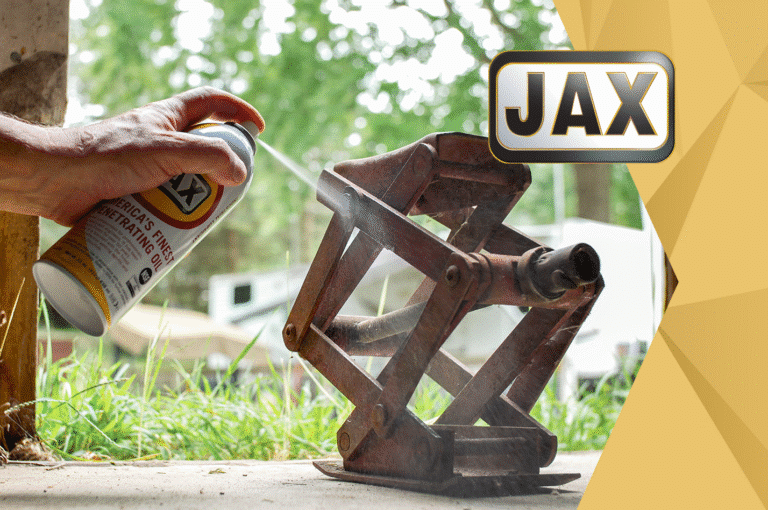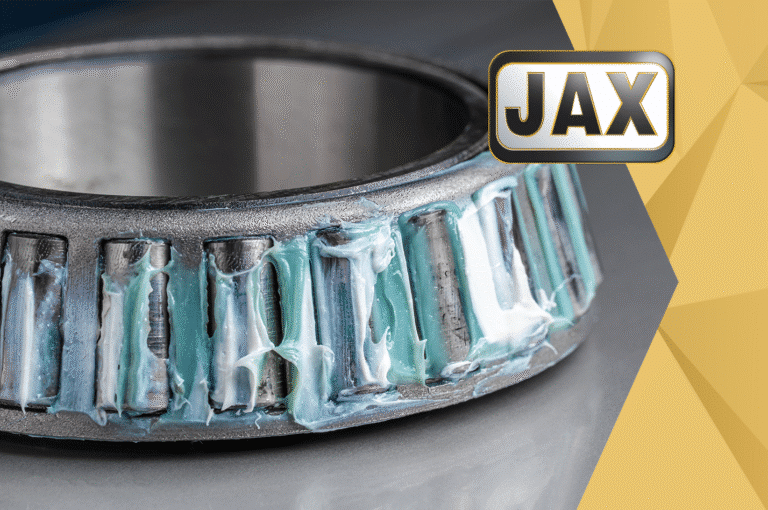Greases will typically be comprised of three main components: base oil, thickener, and additives. Each component will affect how the grease behaves in application. In this article, we’ll dive into each component to further understand their composition and significance.
Base Oil
The base oil, or base stock, within a grease is the largest component of the lubricant. Two main characteristics of the base oil will affect grease behavior: base oil type, and viscosity. Naphthenic oils are associated with good solvency for soap thickeners. White mineral base oils that are more refined will typically provide better oxidative stability and help qualify a grease for NSF H1 registration. Synthetic base oils, with the most common being polyalphaolefin (PAO), will provide enhanced thermal stability and low-temperature performance. Other base oil types found in grease may include biodegradable esters that can be utilized in environmentally safe lubricating greases. The second important characteristic of base oil is viscosity. A low base oil viscosity will flow readily and be suited for higher speed applications. Lower viscosities will also be important in low temperature applications, providing sufficient and appropriate lubrication despite the increase in viscosity caused by the lower temperature slowing the molecular movement of the fluid. On the flip side, higher viscosity base oils will typically be utilized in slower moving, heavy duty, high-temperature applications, where the appropriate film thickness of the base oil on the metal surface is critical to successful lubrication.
Thickeners
The thickener in the grease is what provides the consistency of lubricant. The more thickener concentration, the higher the consistency (and NLGI grade) the grease will exhibit. The thicker, higher NLGI grades will typically be better suited for high temperature environments and have less oil separation. The thinner, lower NLGI grade greases will have improved pumpability better suited for colder environments. There are many different kinds of thickener types used in lubricating greases. We will review 4 of the most common thickeners and discuss their own respective qualities that affect grease behavior. Lithium stearate and lithium complex thickeners have been the most popular thickeners in greases for over 60 years. These soap thickeners provide excellent inherent water resistance and pumpability to a grease. Aluminum complex thickeners will also provide excellent water resistance, with a more adhesive, tackiness quality to them. Aluminum complex greases can also qualify for NSF H1 lubricants. Polyurea thickeners are made by reacting isocyanates with amines. Since the thickener contains no metals, the grease has exceptional inherent oxidative resistance. Polyurea thickeners have a very small molecular size which leads to reduced noise in application. Calcium sulfonate thickeners are very large in molecular size and form in a scale-like shape. Calcium sulfonate thickeners inherently have exceptional high-temperature stability, anti-wear, load-carrying capabilities, as well as corrosion protection. Calcium sulfonate greases are also very mechanically stable, not softening/hardening overtime in application use.
Additives
Beyond the performance characteristics provided by the base oil and thickener, a grease can be further modified by additives to meet application needs. Additives include antioxidants that can enhance the resistance to degradation of the lubricant. Corrosion inhibitors provide a fortified defense against rust. Extreme pressure additives can be liquid or solid form, boosting the load-carrying capability of the grease. Anti-wear additives will provide enhanced metal surface protection from pitting or scoring, increasing the longevity of the application. Dyes and other solid additives can be utilized in the grease for any desired color.
Application Examples
Using the discussion above, let’s dissect a few applications and the appropriate grease designed for them. Using an example from the opening, in slow moving steel mill applications that are very hot and highly loaded, an appropriate grease could include a high-viscosity refined mineral oil for proper film thickness even at high-temperature and loads. The target thickener would be calcium sulfonate, not only for the high-temperature and mechanical stability, but also for inherent load-carrying and anti-wear properties of the thickener. Another example application but with different needs would be an electrical motor bearing. Typically, these are ball bearings with high speeds and many points of metal contact within the bearing. A suitable grease lubricant could include a lower viscosity base oil due to the high application speed. The appropriate thickener will be polyurea, due to the small size of the thickener. The smaller molecular size thickener will not get stuck in the numerous contact zones of the ball bearing, also providing lower noise to the application.
Conclusion
Greases can be manipulated to exhibit different performance characteristics via their core components. With millions of applications that need grease lubrication in today’s world, it’s important that we do not believe 1 or 2 greases can suffice all equipment needs. When choosing a grease for your next application, consider the many facets of the lubrication needs, and how that influences the appropriate grease.

